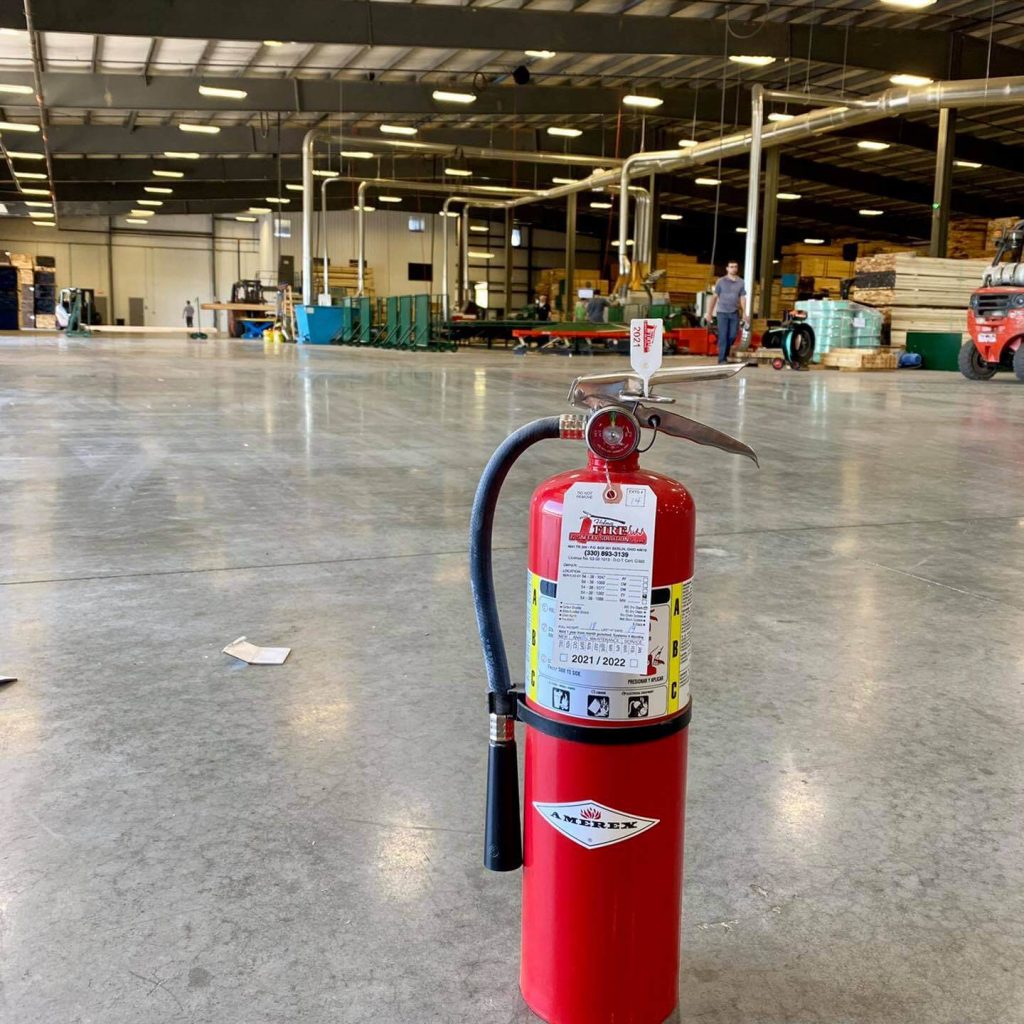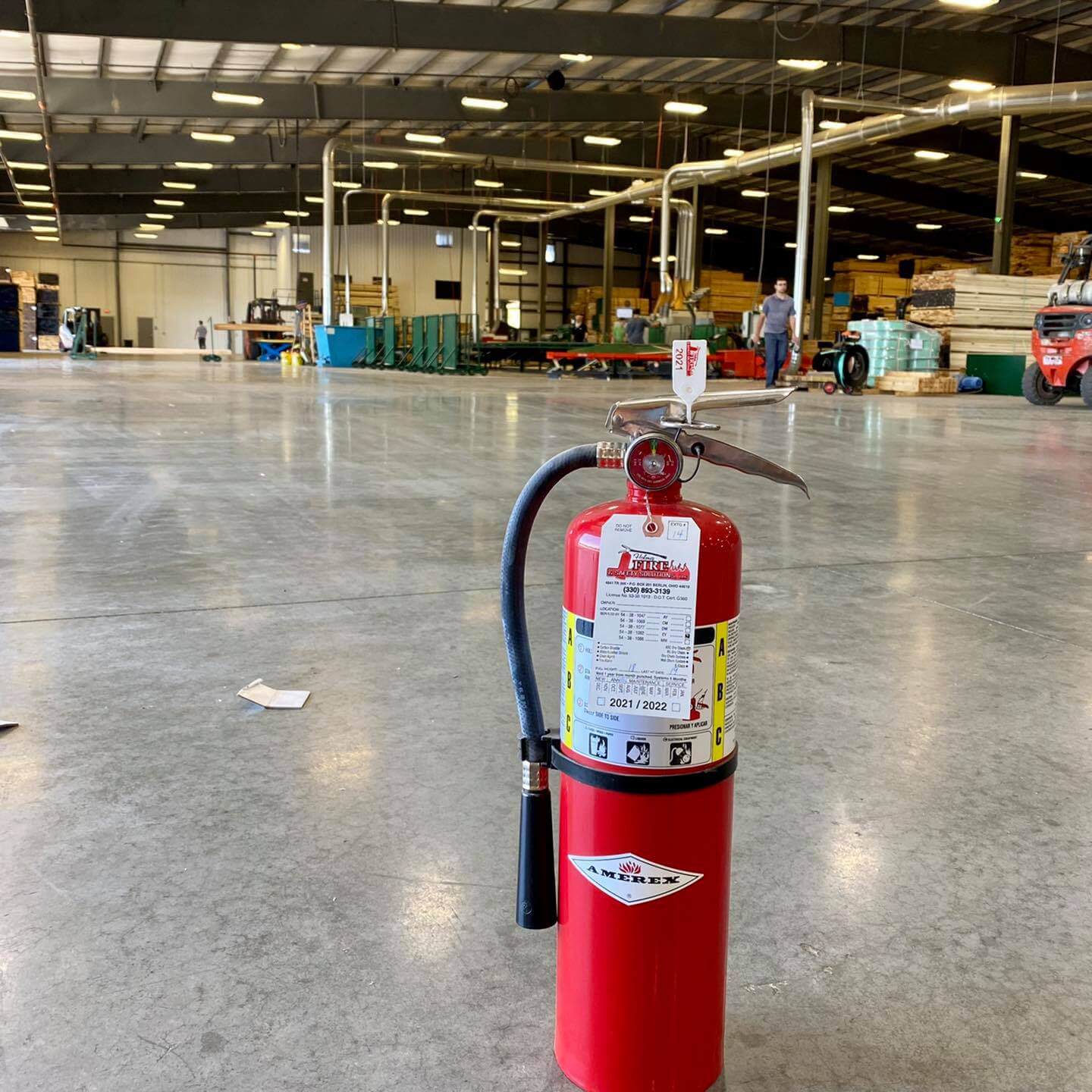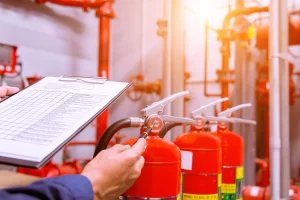Fire incidents are often unexpected, requiring swift and accurate responses to prevent disaster. Fire extinguishers serve as crucial tools in these situations, acting as the first line of defense. Research by the National Association of Fire Equipment Distributors reveals that fire extinguishers were effective 95% of the time during firefights. In many cases, timely and precise reactions with fire extinguishers alone prevented significant damage, without the need for professional firefighting intervention.
However, the effectiveness of a fire extinguisher heavily relies on proper maintenance. Neglecting regular check-ups and servicing can greatly compromise its firefighting capabilities. Moreover, an expired extinguisher can pose a serious hazard. Therefore, it’s essential to routinely assess whether your fire extinguisher requires servicing, recharging, or replacement.
Signs it’s Time to Recharge Your Fire Extinguisher
Fire extinguishers are classified into five categories—A, B, C, K, and D—based on the types of fires they can combat. Each class utilizes different extinguishing agents, requiring specific servicing and recharging procedures.
- Weight Discrepancy: Regular inspections, as recommended by the National Fire Protection Association, involve checking the weight of your fire extinguisher against manufacturer standards. Any deviation indicates a need for action. If the extinguisher weighs less than specified, it likely requires recharging to replenish its agent.
- Maintenance Schedule: While some fire extinguishers contain long-lasting chemical agents, they still require periodic maintenance to ensure optimal performance. NFPA recommends recharging extinguishers that use dry chemicals every 6 to 12 years to prevent deterioration of firefighting efficiency.
- Recent Use: If your fire extinguisher has been discharged, whether in response to a fire or accidentally, prompt recharging is necessary. Even minimal usage can deplete the extinguishing agent and compromise future performance.
When to Replace Your Fire Extinguisher
Every fire extinguisher has a lifespan determined by its materials and extinguishing agents. Expiration dates are typically marked on the extinguisher’s body or service tag. However, certain indicators suggest the need for immediate replacement:
- Missing Service Tag: The absence of a service tag, which provides essential maintenance history and condition details, renders the extinguisher unreliable and unsafe for use.
- Physical Damage: Any visible damage, such as dents or cracks, compromises the extinguisher’s integrity and functionality. Repairing such damage may prove costly and temporary, making replacement a more practical solution.
While fire extinguishers are designed to last for years, vigilance is key to ensuring their efficacy. Timely recharging or replacement is fundamental to maintaining optimal fire safety. If uncertain about whether to recharge or replace your extinguisher, seek advice from local fire safety specialists.
For expert fire extinguisher servicing and guidance, visit Serviced Fire Equipment. Their certified technicians offer comprehensive inspection, maintenance, and replacement services to enhance fire safety in any environment.




![[GetPaidStock.com]-6798ba4e6200e](https://servicedfireequipment.com/wp-content/uploads/2025/01/GetPaidStock.com-6798ba4e6200e-300x182.jpg)



